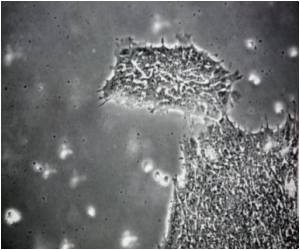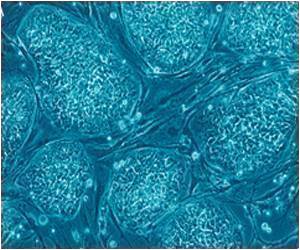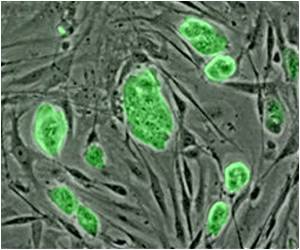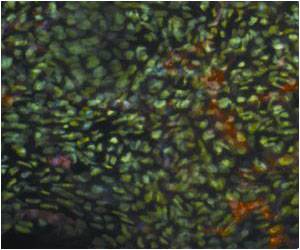A regulatory element implicated in the function of a gene that plays a crucial role in the first cell differentiation event has been discovered by CNIC scientists.
A regulatory element implicated in the function of a gene that plays a crucial role in the first cell differentiation event, which gives rise to the embryonic and extraembryonic cell lineages has been discovered by CNIC scientists. The discovery is published in
Developmental Cell. The blastocyst is an embryonic structure present at early stages of the development of mammals, before implantation in the lining of the mother's uterus. It is composed of between 64 and 100 cells that surround a central cavity. Before the embryo reaches this stage all its cells are equivalent and totipotent, meaning that each cell is capable of giving rise to all embryonic and extraembryonic cell types.
But the formation of the blastocyst implies the first distinction between cell types. Structural defects that can arise during this process impede development and are one of the causes of spontaneous abortion. This first lineage decision in the blastocyst establishes two cell populations: the trophectoderm—the origin of the future placenta—and the inner cell mass, the origin of the rest of the embryo and the fully developed organism. Dr. Miguel Manzanares, lead author on the study, explains that "This segregation is crucial because on the one hand it is through this process that the embryonic cells lose their totipotency and on the other it generates the trophectoderm, a tissue characteristic of mammalian development." The cells of this tissue are called trophoblasts, which, after further differentiation into various cell types, go on to form the placenta and the amniotic membranes. During the segregation of the trophectoderm from the inner cell mass an essential role is played by the gene Cdx2.
The CNIC team—Dr. Manzanares, first author Teresa Rayón, Sergio Menchero and the group led by Dr. José Luis de la Pompa, together with their partners at other institutions—have identified a regulatory element—a specific DNA sequence—that controls the function of Cdx2. Teresa Rayón emphasizes that "The element we discovered directs the restricted expression of a reporter gene in the trophectoderm, and is essential for Cdx2 activation and the acquisition of its function." The team also discovered that the formation of the trophectoderm involves signaling from the membrane receptor Notch, which acts together with the product of Tead4, a gene recently implicated in this process. The researchers found that Notch and Tead4 proteins act in parallel on the Cdx2 regulatory element identified in the study. This co-regulation demonstrates the existence of a compensatory mechanism at this early stage of development that favors the viability of the embryo and ensures its correct development. "The important features of the early specification of the trophectoderm are conserved between humans and mice, so knowledge gained about lineage formation in mice will improve our understanding of what happens in humans and help to assisted reproduction technology," Dr. Manzanares points out, concluding that the findings will also "facilitate research into the genetic influences on effective and aberrant early trophoblast differentiation."
Source-Eurekalert










